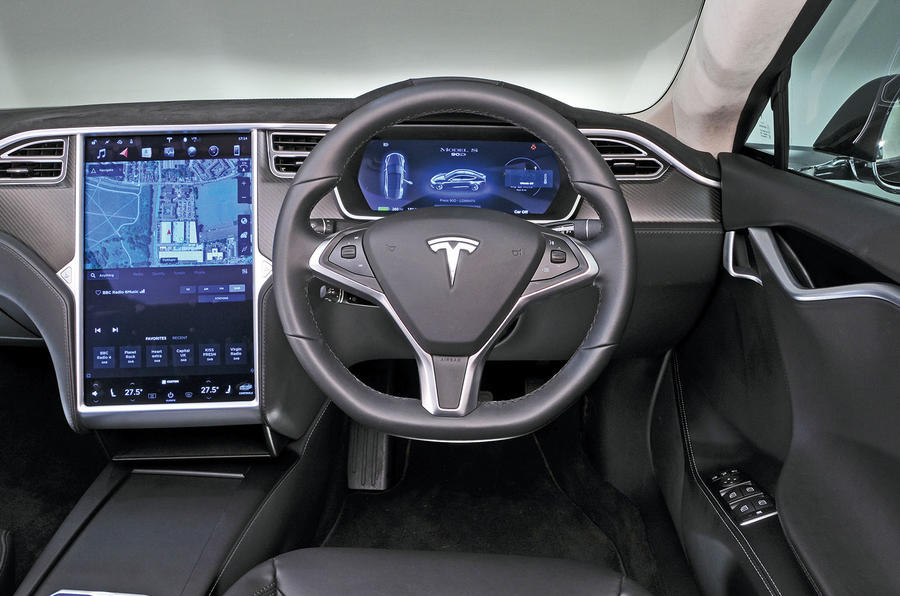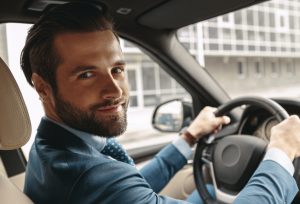Today’s vehicles come with all manner of technology designed to assist you on the road. However, certain items can’t be used during driving tests – are you aware of what you can and cannot use?
There can be no denying that car technology is rapidly advancing. Just a decade ago, things we take for granted like lane assistance and parking sensors were deemed as pricey and perhaps unnecessary options that were usually tacked on for a not-insubstantial fee.
However, today’s vehicles now come chock-full of safety technology which is designed to make drives safer and easier. Despite many of us relying on things like parking sensors to assist us during our daily travels, some of the latest technology is actually forbidden during the practical driving exam.
In this article, we’ll take an in-depth look at what you can use, and whether there are any caveats:
Parking sensors

The reassuring presence of a parking sensor system makes reverse parking as simple as can be. The DVSA currently allows for parking sensors which emit a beeping noise to be used during reverse parking manoeuvres, although parking cameras are off limits. Students are still expected to demonstrate special awareness during their driving test, and cameras are deemed to interfere with the demonstration of this skill.
Sat nav systems
The use of GPS satellite navigation during the driving test was introduced back in 2017. Nowadays, the “independent driving” section of the test involves participants being asked to follow the directions of a sat nav for 20 minutes. However, students are not permitted to use their own sat nav (such as a mobile phone app), and must instead use a standardised device (currently the TomTom Start 52).
Electronic handbraking
Up until 2010, cars with electronic handbrakes were banned from being used in driving tests – but the DVSA eventually relaxed its policy, on account of so many new vehicles coming fitted with them as standard. Electronic handbrakes can also be used during the hill start section of the test, although students are expected to demonstrate that they understand how to use the technology.
Other items
There is currently controversy over other safety technology, such as blind-spot monitoring and lane departure warning systems. Some experts have argued that this technology does not teach learner drivers to keep themselves safe, and puts the safety of the driver in the hands of technology which could essentially malfunction at any time.
Some instructors have even called for standardised car models to be used by all test centres, to ensure drivers can display confidence and aptitude without the aid of technology.
Whatever your opinion, the best approach is undoubtedly to allow learner drivers to demonstrate competence in all areas of driving – with or without the assistance of safety tech. A worthy instructor should highlight the importance of safety awareness at all times, regardless of whether a myriad of gadgets are available to the driver or not.
Image Source: Jaguar Land Rover






